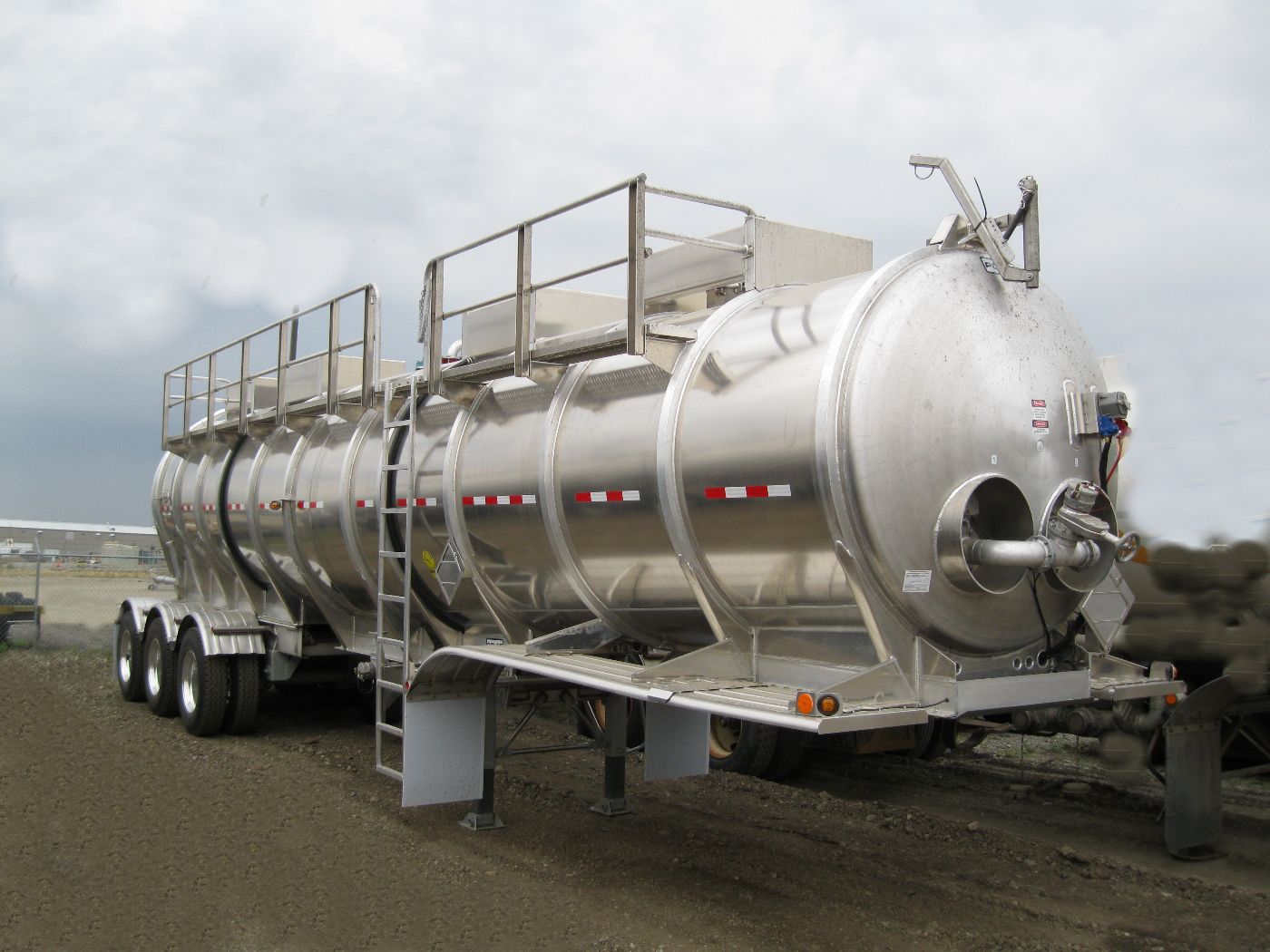A liquid tanker or sometime called a tanker truck is a motor vehicle designed to carry liquefied loads, dry bulk cargo or gases on roads. Many variants exist due to the wide variety of liquids that can be transported. Tank trucks tend to be large; they may be insulated or non-insulated; pressurized or non-pressurized; and designed for single or multiple loads (often by means of internal divisions in their tank).
Liquid tankers need special vehicle checks before loading
On arriving at the loading station, the driver should:
- Chock the wheels of the vehicle.
- Put on the personal protection equipment.
- Identify the working area (where unauthorized persons are not allowed).
- Ensure that the product to be loaded is correct as marked on both storage and tanker.
- Ensure that the tanker is adequately equipped with over-pressurization protection.
- Ensure that the fill connections are suitable for the product to be filled.
The driver or operator can then proceed with the following operations:
- Connect the vehicle to the loading point with the loading hose.
- Purge the hose, allowing the purge of the residual content from the vehicle to the loadingstation. Note that the purge flow rate does not need to be high. A laminar flow speed, at a low rate of flow in the hose, is sufficient. The effectiveness of a purge is not necessarily proportional to the noise it makes.
- Ensure the quality of the residual product in the tanker is at an acceptable level.
- A residual positive pressure, would show that the tanker has not been completely emptiedand exposed to the air since the last loading. Generally a threshold of 0.2 to 0.3 bars gauge is sufficient.
If analysis on loading is not possible:
- Purge the hose in the same way, at a low flow rate and from the vehicle to the loading station, for at least 5 minutes. This procedure will help to prevent any contamination on loading, but in the absence of definite information about the quality of the residual product in the vehicle’s tanker before loading, the quality of the product loaded cannot be assured.
Asia Industrial Gases Association 2013 and Wikipedia 2015


Recent Comments